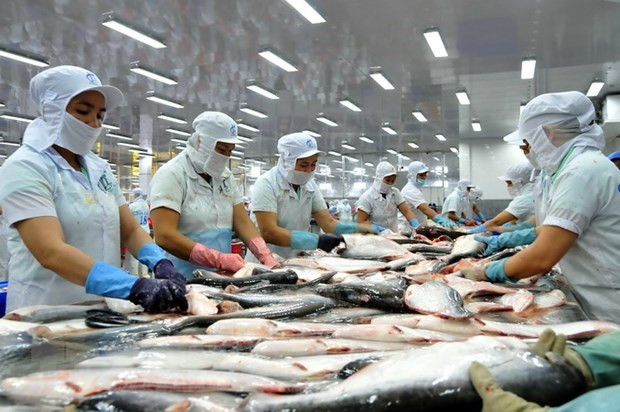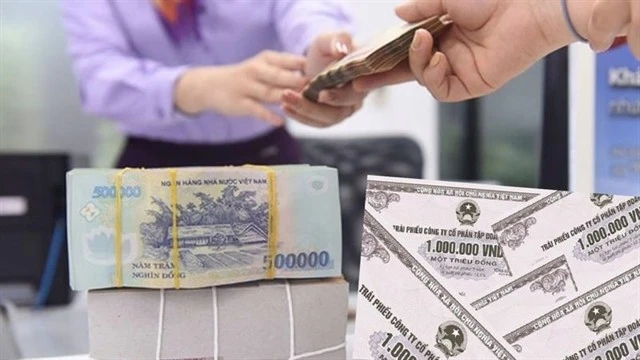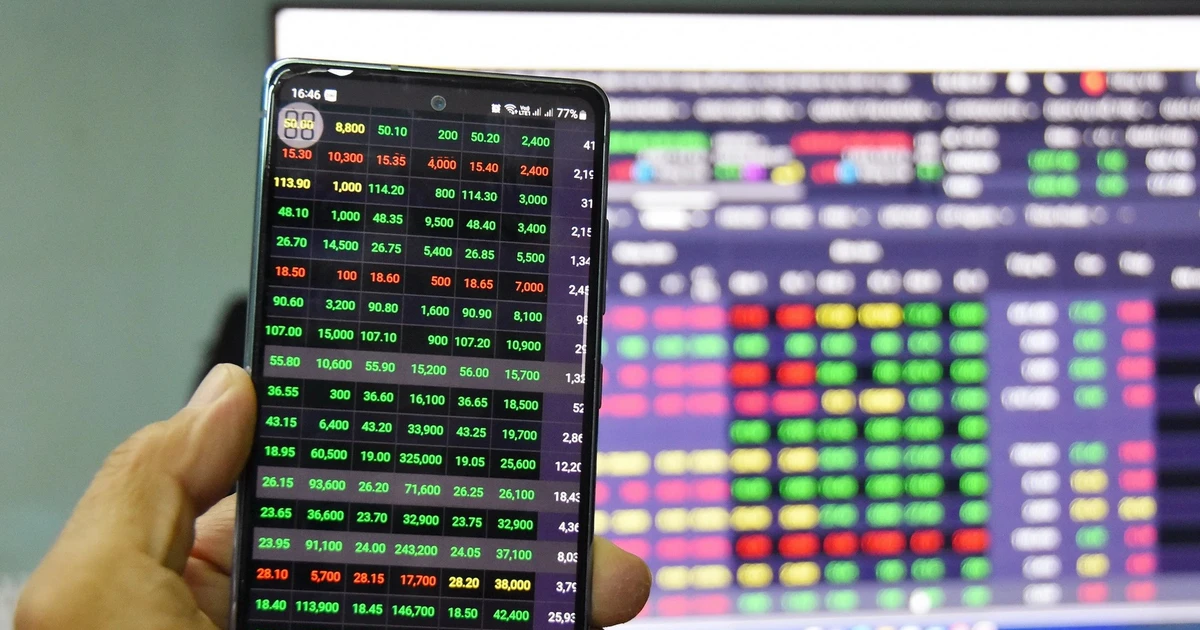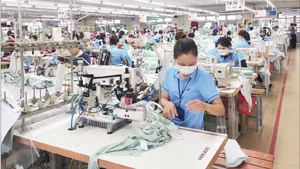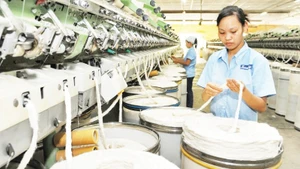Tra fish emerged as the star performer, showcasing a remarkable 97% year-on-year growth, with export revenue hitting 165 million USD.
Communication Director of the Vietnam Association of Seafood Exporters and Producers (VASEP), Le Hang, anticipated a moderate 10% rise in tra fish exports this year, potentially reaching 2 billion USD, with China and the US being major importers.
To achieve this projected growth, VASEP Secretary General Truong Dinh Hoe emphasised the importance of diversification. He encouraged Vietnamese firms to explore new markets and develop innovative consumer products beyond frozen fillets.
He added that while Vietnam faces a slight decline in market share within some major markets, smaller destinations like Mexico, Canada, Brazil, and the UK offer promising growth opportunities.
According to the International Trade Centre (ITC), Vietnam remains the leading supplier of whitefish to Brazil, creating a solid foundation to expand the export of more value-added products in this market.
VASEP also identified Germany as another lucrative market for Vietnamese tra fish. Last year, Germany imported 38 million USD worth of Vietnamese tra fish, representing a 31% rise from the previous year. Notably, frozen fillets dominated these imports, accounting for nearly 37 million USD and up 34% year on year.
Vietnam is now the sixth largest supplier of whitefish to Germany, behind China, Russia, Norway, the US and Poland, indicating room for further expansion if the Vietnamese exporters could deliver clean products that cater to German preferences at competitive prices.
According to forecasts, the German economy has shown signs of recovery in 2024, but people are still not bold enough to shop. Therefore, food distribution chains are more concerned about the level of competition in import prices, including the price of tra fish.
In addition, in imports, Germany will also pay more attention to regulations related to circular economy, sustainable development and clean, green development. Therefore, businesses exporting tra fish to Germany must focus on products with competitive prices and ensure quality, food hygiene and safety.
Accordingly, businesses need to innovate production processes, apply high technology, and focus on deep processing, with attention to taking advantage of processing by-products and creating new products and values to promote trade and expand export markets.
